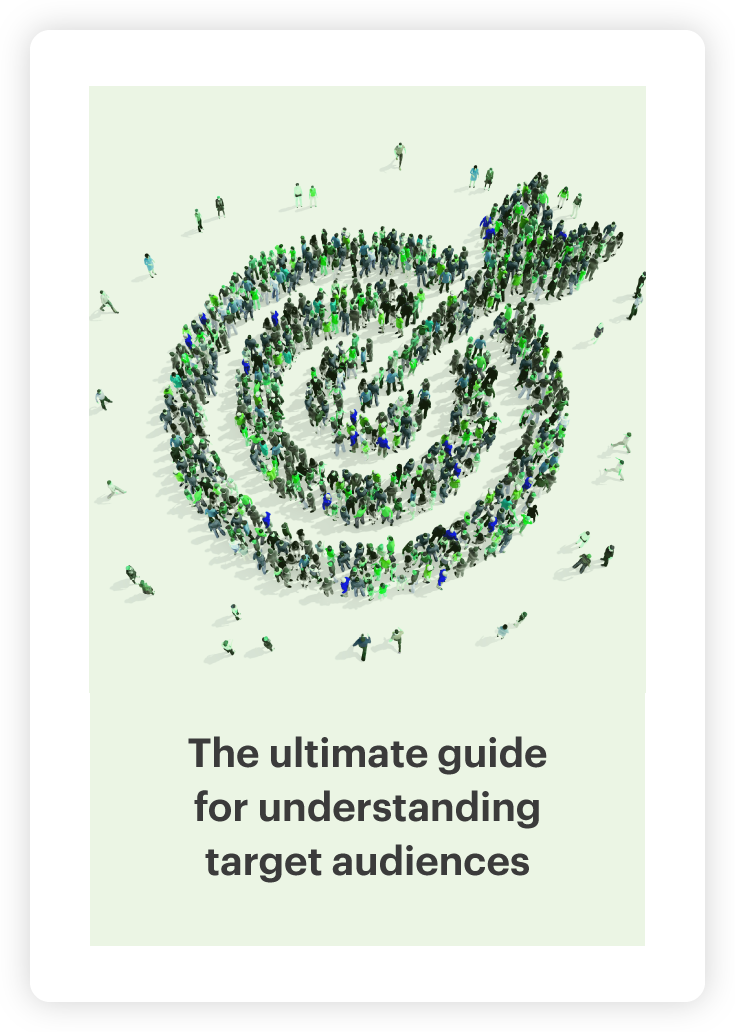How consumers talk about running shoe brands

With consumers always on the move for their next purchase, brands need to effectively identify customer needs. This literately and figuratively applies to running shoe brands. They need to keep up with both consumer lifestyles and competitors in a crowded marketplace.
With the market worth $15.73bn, there’s huge opportunity for those whose products stand out. However, with dominant athleisure brands offering their own options, specialist running shoe sellers need to align products and messaging with customer interests to differentiate themselves from these big players.
You can do this by understanding what audiences want and how they talk about your product. This requires qualitative data analysis. To demonstrate that this might be simpler than you imagine, Relative Insight used a social listening tool to gather online conversations surrounding three running shoe brands: Hoka, Brooks and Saucony.
We uploaded these discussions into our text analytics platform to compare brands. This amounted to more than four million words — far too many for a human to analyze efficiently.
Relative Insight’s comparative methodology reveals and quantifies the differences in how audiences talk. How does that help you? Because it highlights what matters most to consumers within the context of your brand, but also in their day to day lives.
In this analysis, we not only identified customer needs; we uncovered insightful consumer lifestyle intelligence that running show brands should use to their advantage.
Analyze text data at a sprint
Hoka customer interests incorporate events 5.0x more
Relative Insight’s brand comparison showed that Hoka customers are running geeks who are more likely to attend competitive events — particularly marathons.
They talked attending ‘marathons’ 1.8x more, including references to famous races such as the ‘Boston’ (7.1x) and ‘Paris’ (5.8x) events. These consumers were also 5.5x more likely to reference ‘parkrun’ events, showing that they’ll mix both longer and shorter races.
“I too treated myself to a pair of Hokas recently. Went for the Stinson Evo trail shoes, as I am training for a trail marathon. I am so happy with them, I totally agree with your positive comments.“
Hoka wearers are serious runners, so unsurprisingly they’re more likely to focus on performance metrics. They were 4.9x more likely to use ‘bpm’ in reference to their heart rate, talked about ‘temperature’ 2.0x more, used numbers 1.8x more and units of measurement 1.4x more. They were also 1.4x more likely to highlight their ‘watches’, which they used to track these elements.
“Introduce one run a week at 77-80% maximum heart rate, then increase to 2 runs a week, gradually increasing the distance of these runs. When you can run 10 miles at this higher heart rate then you move up again by 5 bpm and so on.“
This group are also keen to share their progress — and observe others. They discussed ‘blogs’ 4.0x more, in context of publishing their own blogs and researching tips from other runners’s blogs. These runners also talked about running app ‘Strava’ 5.4x more, reinforcing that they liked to track and share their runs.
“I write about sports tech so they gave me a pair to try out. The video blog of me wearing them for the past couple of weeks is online now, if you want to have a look.“
Careful Brooks customers compare brands 2.3x more
Of the three groups, those talking about Brooks were the most cautious when it came to spending. It was simple to identify one customer need: pricing. They were 1.5x more likely to discuss the ‘price’ of shoes, as well as using the word ‘pay’ 2.7x more. Not only do their shoes need to be comfortable, they also need to come at a competitive price.
“Fwiw I’ve had them all and they are much of a muchness, same great ‘slippers from the box’ fit and feel. Pureflow 4 are the only pair I’ve had that only lasted 300 miles though, I usually get about 500. I never pay more than $50 to $60.“
For these cost-conscious consumers, shopping around is a necessity. They talked about other running shoe brands in addition to Brooks 2.3x more, comparing factors such as price, fit and color when weighing up what shoe to buy. This frugal group also used the word ‘years’ 3.6x more, stating how many years they’d owned their valued set of shoes.
“I wouldn’t swap my Brooks for all the tea in China — or the ability to run faster! My other half swapped from Saucony to Asics and had problems with his achilles.“
One reason for this longevity is that they’re not regular runners. When examining consumer lifestyles of each groups, theirs was the busiest, meaning that they had to fit their runs between other activities. They talked about their ‘family’ 3.1x more, including being 4.4x more likely to reference their ‘kids’.
“Didn’t run tonight, too much coming & going with kids soccer training. Will try another 15 minutes non stop tomorrow. Feel like I’m starting to get somewhere now!“
People wearing Saucony focus on the shoes
Of each of the running shoes in this brand comparison, Saucony wearers were most likely to discuss the footwear itself. Their conversations featured consistent debate about which type of shoes to buy: neutral or stability. They talked about ‘neutral’ shoes ‘2.2x‘ more and were 1.9x more likely to reference ‘heels’. Getting shoes with the right balance for their running style is vital for these consumers.
“I’ve got a well-loved pair of Grid Swerves that I have been told precede the Fastwitch (apparently Saucony have changed their distributors and some of the model names) and they are designed for neutral runners. I thoroughly recommend them as lightweight performance shoes if you are a neutral runner.“
Our analysis identified customer needs around a related aspect to running shoes: socks. They were 1.9x more likely to reference ‘socks’, with discussions focused on how pairing the shoes with the right socks was vital.
“Try using different socks, it may be that the material of your socks and the insole don’t work well together, that sometimes happens.“
However, conversations around Saucony shoes also featured the biggest overall negative of this brand comparison. Saucony shoes ‘smell’. Runners were 8.2x more likely to uses words related to this topic, including ‘smelly’, and ‘stink’.
Consumers also settled on a common comparable odor — ‘cow dung’. They were infinitely more likely to use this phrase, meaning it didn’t appear in discussions about the other two running shoe brands. This has become a meme in runners’ discussions, they accept that buying Sauconys means they’ll need to cope with the stench.
“All Saucony shoes smell of cow dung. Someone started a thread on it ages ago!“
Identifying customer needs using running shoe brand conversations
Comparing how consumers talk about three specialist running shoe brands highlights how each company can improve their products or tailor their messaging to resonate with consumer lifestyles.
Hoka should appeal to hardcore runners. Messaging needs to highlight how the shoes help runners competing in events, especially how Hokas can improve their times. The brand needs to offer detailed information on how products boost performance compared to competitors and consider collaborating with smartwatch or running app brands, such as Strava or Garmin, as that’s where their audience will be.
Brooks needs to tap into the consumer lifestyle challenges its customers face. Its messaging should speak to busy customers who need to make the time to fit in a run — any images or videos produces should include families. The brand must emphasize value for money, plus state why its shoes are superior to competitors.
Saucony could give away free running socks with purchases, as this small gesture would be appreciated by customers currently debating what socks to pair with their shoes. It should use both product descriptions and marketing blogs to highlight the differences in neutral and stability shoes, guiding runners towards the right purchase. Finally, while it isn’t a deal breaker for consumers, removing the odor the shoes give off will attract runners who would otherwise be unable to stomach the smell.
Using text analytics to understand how consumers talk about brands reveals fascinating, actionable insights into both brand perception and audience preferences. Try Relative Insight for yourself to see what you can learn using text analytics.
